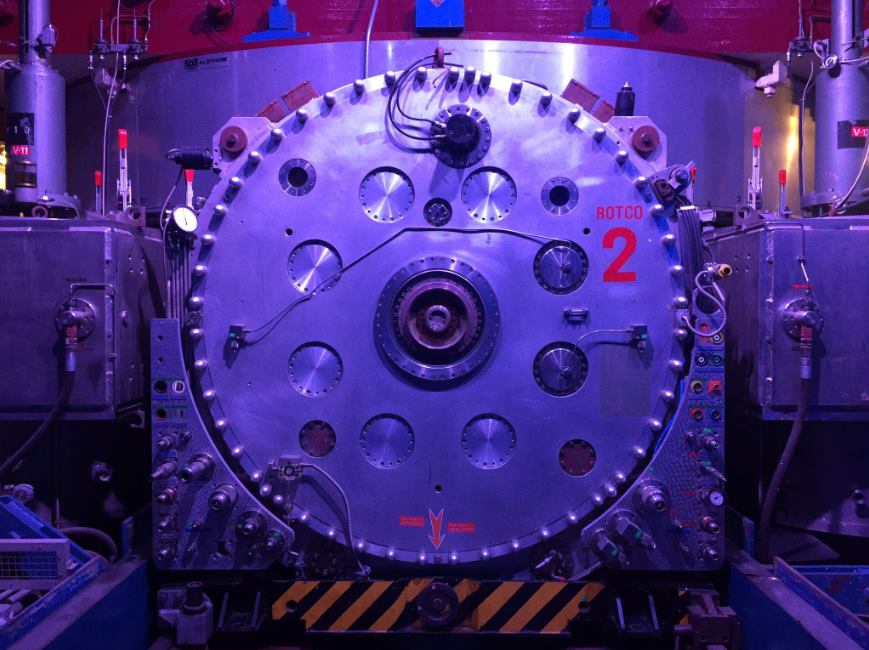From experiments with cloud chambers to exploring NASA space models and a meeting with a Nobel Prize winner, 21 students and staff from our MA Art and Science explored CERN on an intensive four-day trip to Geneva. Some of them share their experiences of the trip below.
“We were treated to a packed programme of events comprising visits to the experiments, lectures from theoretical physicists, viewing exhibition displays and even a session making Wilson cloud chambers. The high point was surely a visit to the CMS detector, the height of a three-storey building and twice the weight of the Eiffel Tower. The size of this machine, nestling in a cavern over 100m underground, was hard to take in. It was impressive in the way that a cathedral is impressive – and I felt a certain sense of awe confronted with this vast piece of equipment.”
Adrian Holme, Associate Lecturer
“The photos I collected will be a great resource for developing a series of silkscreen prints and sculptural pieces. My understanding of particle physics and sense of wonder have also had a major boost and my comprehension of scale and time was challenged. 40 million reactions per second in an area less than a hair width, how do we begin to comprehend this?”
Lisa Pettibone, first year student
“We set out to find out as much as we could about the work and life of CERN, challenging our preconceptions of how art could help with the process of thinking and conceiving new ideas. We found out so much about everything from detectors to the photons in the Large Hadron Collider. I’m looking forward to making more black hole experiments back at CSM.“
Heather Scott, second year student
“One of my highlights was the final lecture from Prof. John Ellis, who reminded us of a painting by Gauguin which had the following statements tucked in a corner: ‘Where do we come from?’, ‘What are we?’, ‘Where are we going? CERN focused the mind on attempting to better understand the universe and what we can contribute to the sharing of scientific thought.”
Maria Macc, second year student
“I was particularly keen to experience Mick Storr’s cloud chamber experiments with my colleagues. We were challenged to think as physicists or meteorologists, to create our own chambers and describe our findings. Eventually we worked through our observations and in one afternoon we had created a device to display cosmic rays which are all around us!”
Nicolas Strappini, second year student
“CERN’s mission is to explore the origins of the universe, answering questions about where we come from and what we are made of. The science involves a discourse engaged with data, numbers, chemicals and particles. But the outcome is about humans and humanity, and the individuals driving this search are as important as the knowledge coming out of it.”
Jill Mueller, 1st year MAAS
We are very grateful to Dr Mick Storr, Dr Michael Hoch and all their colleagues at CERN. And, thanks to our colleague Dr Andy Charalambous, Associate Lecturer on the MA, for setting up the trip.
Following this trip, the students along with the accompanying tutors plan to create a display inspired by their visit – follow MA Art and Science on Twitter or Facebook for exhibition and research updates.
The experiences and insights featured in this piece were sourced by second year MA Art and Science student Maria Macc.
More:






